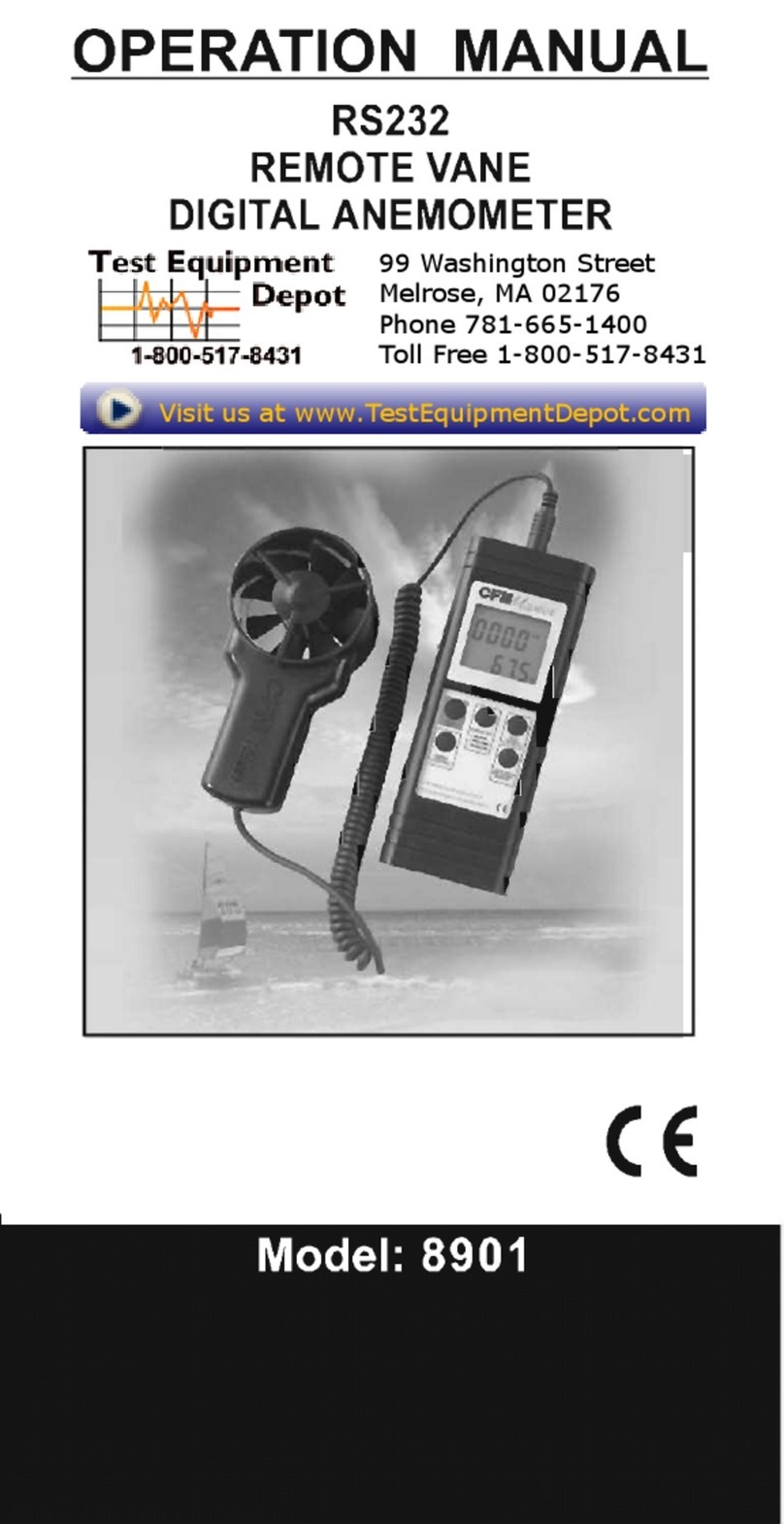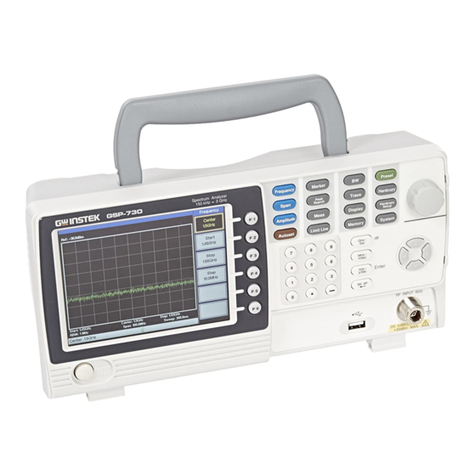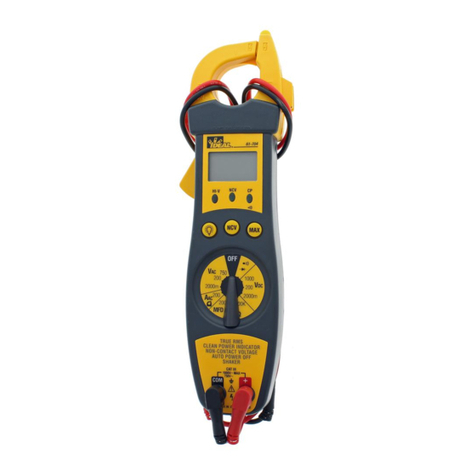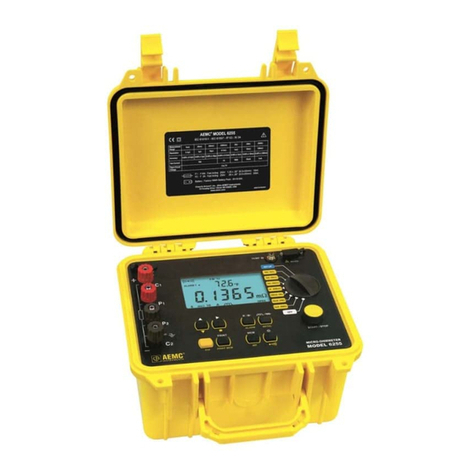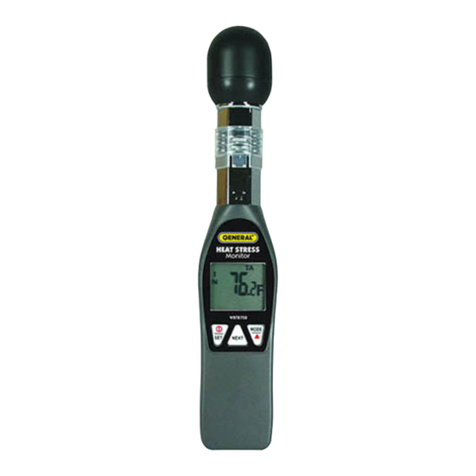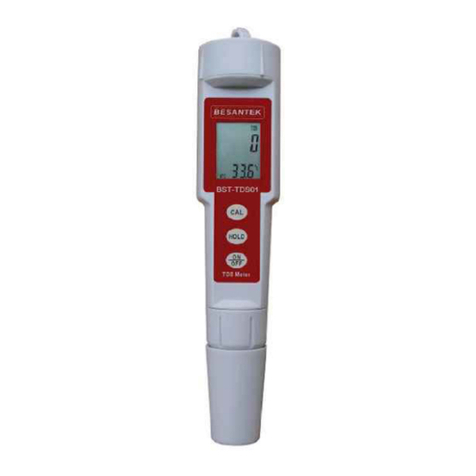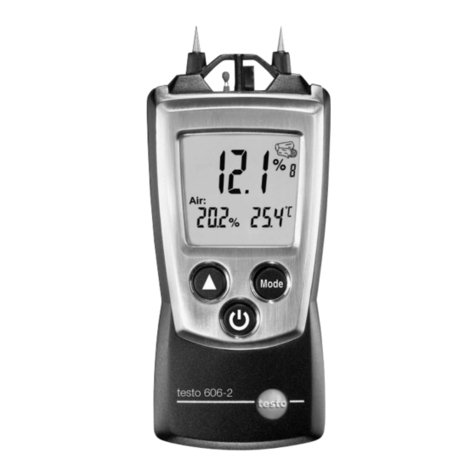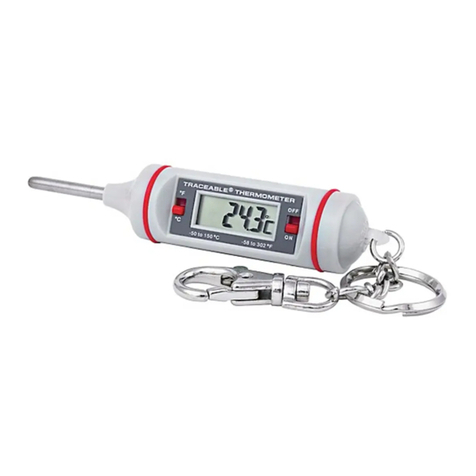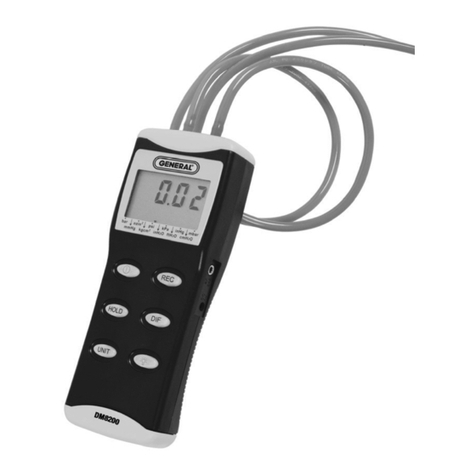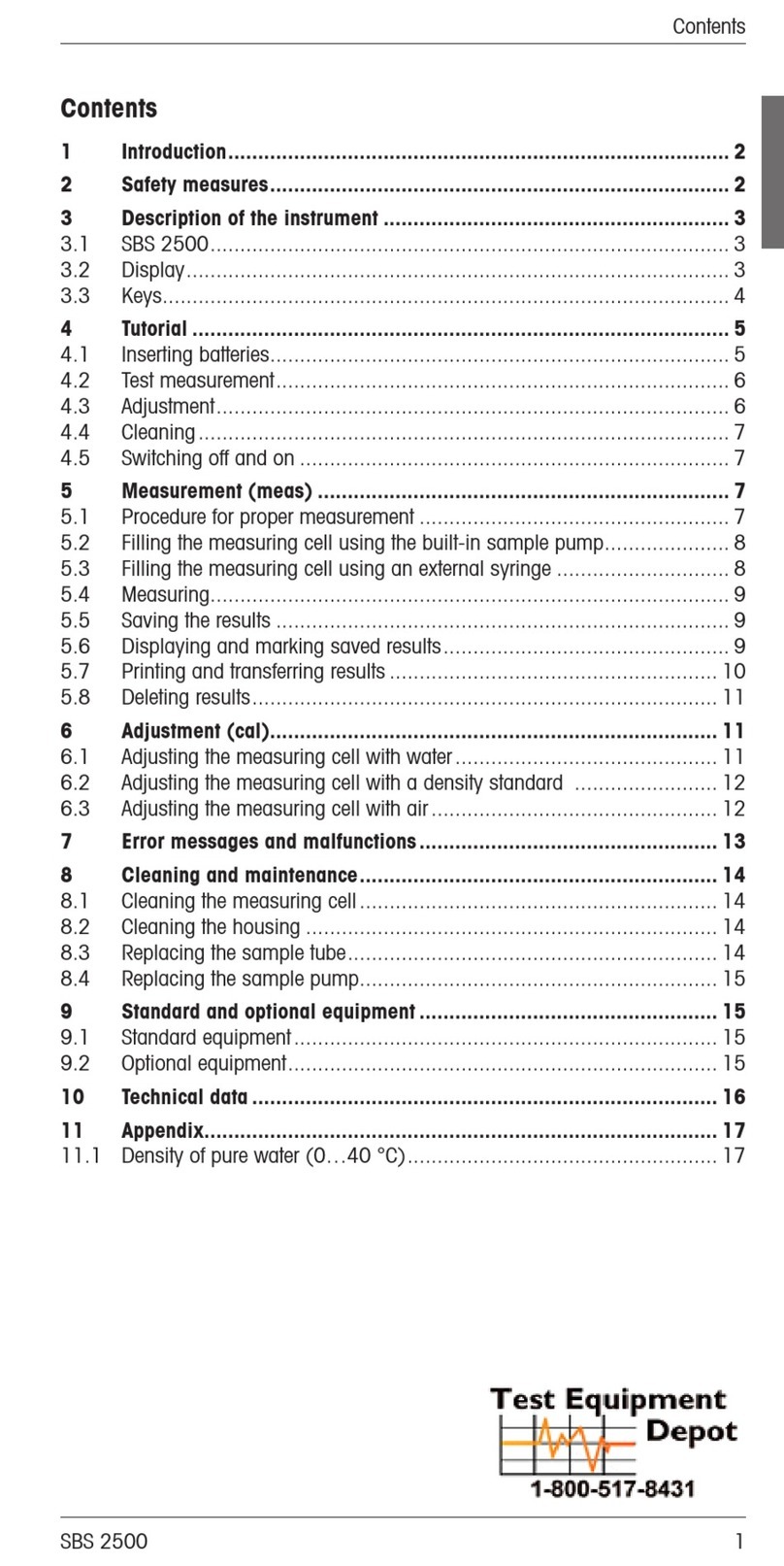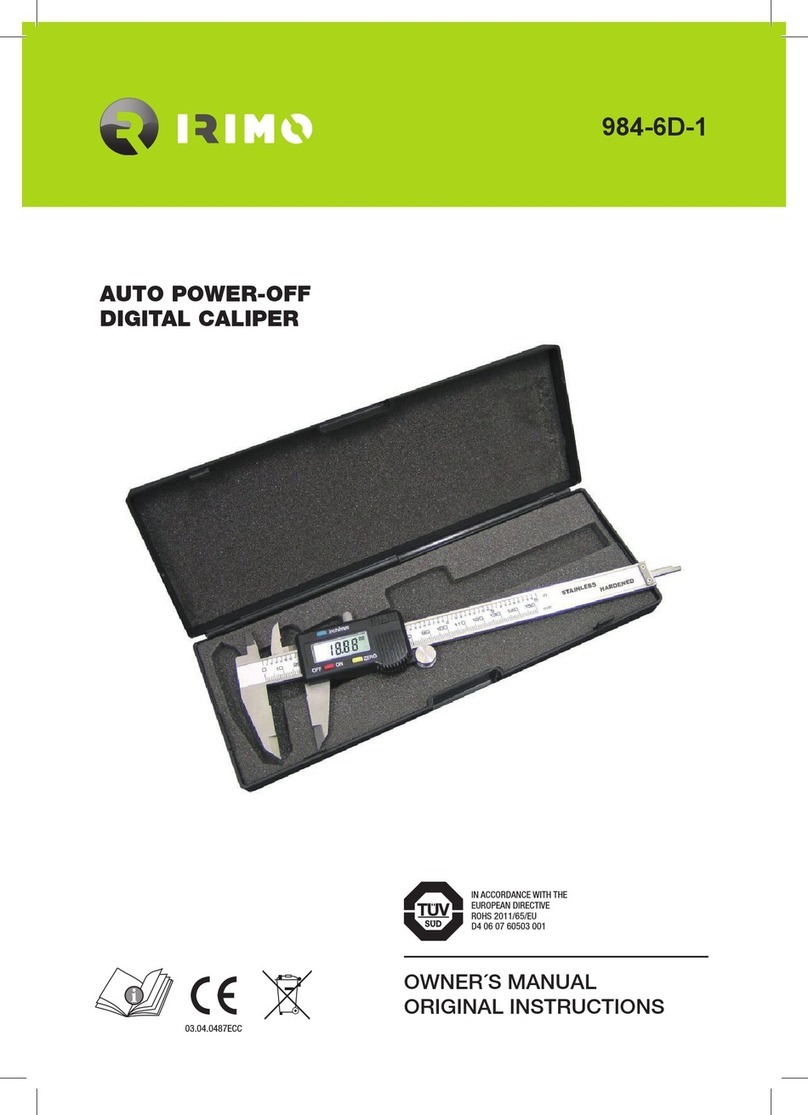
RXW Multi-Depth Soil Moisture Sensor (RXW-GPx-xxx) Manual
6
Part
Number
Minimum Logging
Interval Using Solar
Power with
Rechargeable Batteries*
Minimum Logging
Interval Using
Non-Rechargeable
Lithium Batteries
RXW-GP3-
xxx
5 minutes year round 10 minutes with a 1-year
battery life
RXW-GP4-
xxx
5 minutes summer,
10 minutes winter
15 minutes with a 1-year
battery life
RXW-GP6-
xxx
5 minutes summer,
15 minutes winter
15 minutes with a
7-month battery life
*Requires the solar panel is positioned directly toward the sun and
without shade (see Mounting and Positioning the Mote)
Note that this logging interval will be applied to all wireless
sensors in the HOBOnet® wireless network. For solar powered
RXW-GPx motes, logging intervals faster than the
recommended minimum can result in missing data because
there will be insufficient charge for the batteries. For RXW-GPx
motes with non-rechargeable lithium batteries, faster intervals
will require more frequent battery replacement.
Use HOBOlink to monitor mote status and health. If a mote is
temporarily offline, any logged data is saved until it is back
online. In addition, if a mote is offline for 30 minutes, the
station will automatically connect to HOBOlink and report the
mote as missing. Once the mote is back online, any logged data
will be uploaded the next time the station connects to
HOBOlink.
See the HOBOlink Help for details on how to change the logging
and connection intervals, view data, check mote status, add the
mote to a map, and more.
Installing the Sensor
To install the sensor, it is recommended that you use a slide
hammer (Onset part number SLIDE-HAMMER) and pilot rod to
form a hole to insert the sensor probe (use Onset part number
PILOT-ROD4 with RXW-GP3 and RXW-GP4 models or use PILOT-
ROD6 with the RXW-GP6 model). These tools will create a pilot
hole that is the exact size and shape of the sensor without air
gaps to ensure good soil contact with the sensor and accurate
measurements. You may also need tape, two adjustable
wrenches, and water. There are also two alternate installation
methods described later in this section if a slide hammer and
pilot rod are not available.
WARNING: Follow these important safety guidelines when
working with a slide hammer and pilot rod:
●Be careful when carrying and using the slide hammer as the
bottom part of the slide may drop down, potentially causing
injury. Steel-toed work shoes are recommended to prevent
possible injury to toes and feet.
●Eye and ear protection are recommended at all times when
using the slide hammer. When in use, the slide hammer
generates harmful levels of acoustic energy. Hearing
protection with a Noise Reduction Rating of 20 decibels
should always be worn.
●Wear work gloves and keep both hands on the slide hammer
when driving the pilot rod. Be careful to avoid getting fingers
caught in the slide mechanism.
Sensor Installation Guidelines
Before installing the sensor, follow these guidelines.
•Install the probe when the soil is dry to minimize the air
gaps that can form around the probe as wet soil dries out.
Also avoid excessively rocky soil whenever possible as
cavities may form when rocks are pushed out of the way
when creating the pilot hole.
•The sensor probe must be installed vertically. Hold the
slide hammer and pilot rod perfectly vertical to avoid
making the hole larger than the size of the sensor.
•Always maintain control of the slide hammer with a firm
grip to avoid wobbling or moving the hammer side-to-side.
This is especially important while the first half of the pilot
rod is being hammered in place.
•Check that the pilot rod is tightly screwed to the slide
hammer during the insertion process as the threads may
loosen during repeated impacts. Failure to check the
connection may place excessive force on the threads and
damage them.
•Drive the pilot rod only as far as needed for the length of
probe being used. A hole that is too short may cause
damage to the probe during insertion. A hole that is too
long may allow water to collect in the void below the
probe and cause inaccurate readings.
•When extracting the pilot rod, make sure it remains
vertical so the hole does not become enlarged, which may
result in air gaps forming between the probe and soil and
potentially incorrect soil moisture readings.
•Once the pilot rod is removed, insert the probe as soon as
possible. Any delay may allow moisture to swell the sides
of the hole or water to enter the hole.
•If the pilot hole is larger at the top than the bottom due to
side-to-side movement of the slide hammer during
installation, it may take a few days to a week for the soil to
settle back and seal against the probe. You can also create
a soil slurry at the surface to fill the hole. See Maintenance
for more details on using a slurry.
•To reduce air gaps from forming over time as soil expands
and contracts, limit the variation of moisture content of
the soil if possible, such as by periodic irrigation.
•Secure the sensor cable to the mounting pole or tripod
with cable ties.
•Use conduit to protect the cable against damage from
animals, lawn mowers, exposure to chemicals, etc.
Slide Hammer and Pilot Rod Installation Method
1. For assembled pilot rods, skip to step 2. For disassembled
pilot rods, select the appropriate number of middle rod
segments based on the length of your probe: two segments
for RXW-GP3 and RXW-GP4 models, or three for the RXW-
GP6 model. Assemble the pilot rod by screwing one
segment into the other, connecting each rod segment
together to form the body of the pilot rod, making sure all
edges are aligned. Screw in the pilot rod tip to one end of
the pilot rod body and the top cap to the other end.
2. Lay the pilot rod down next to the sensor probe, with both
tips aligned. Wrap a piece of tape around the pilot rod at


